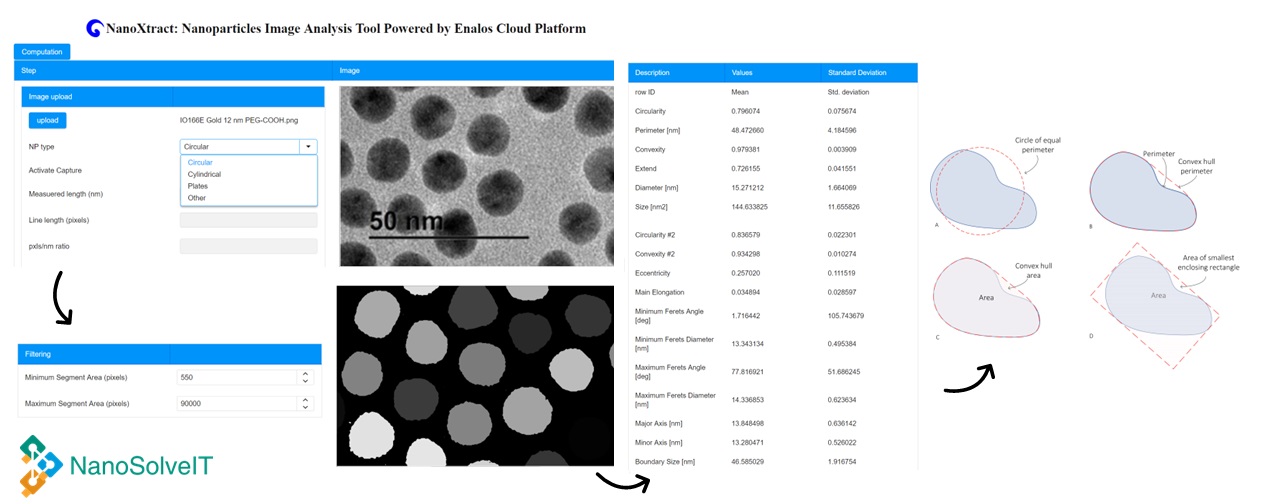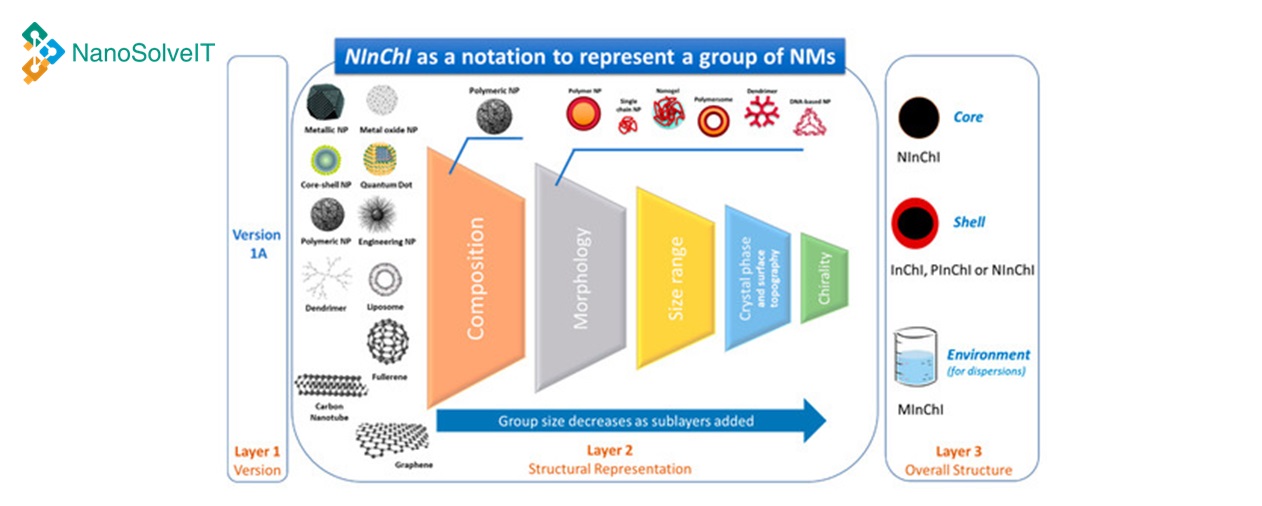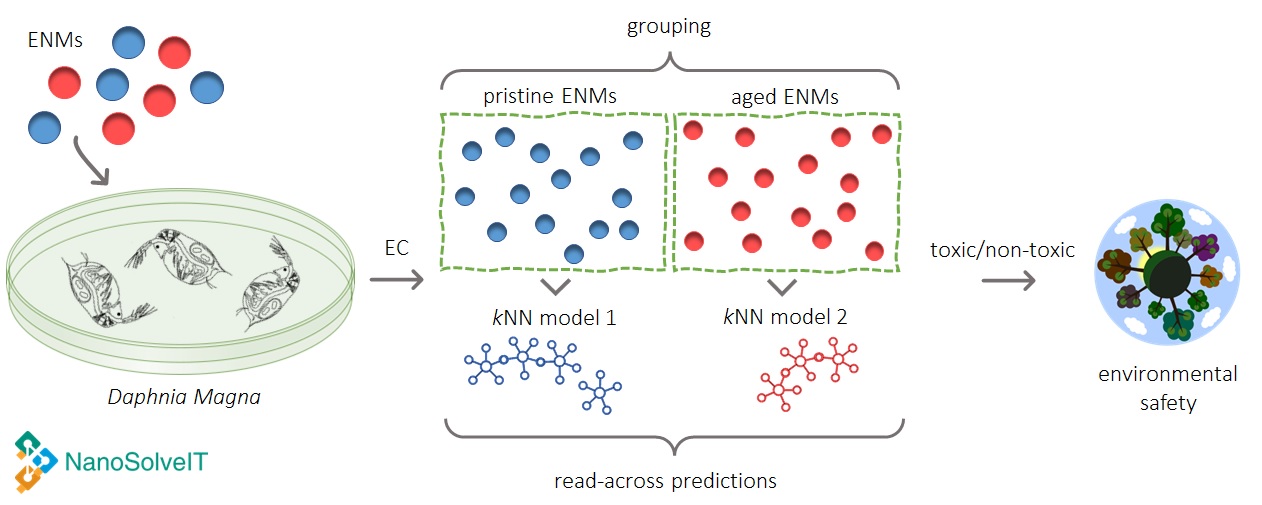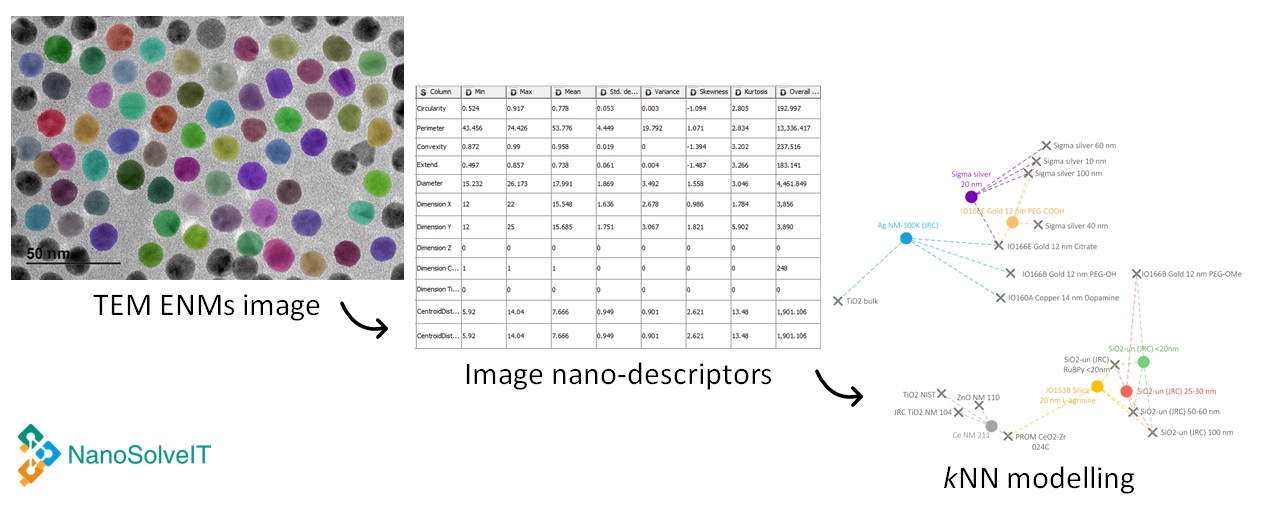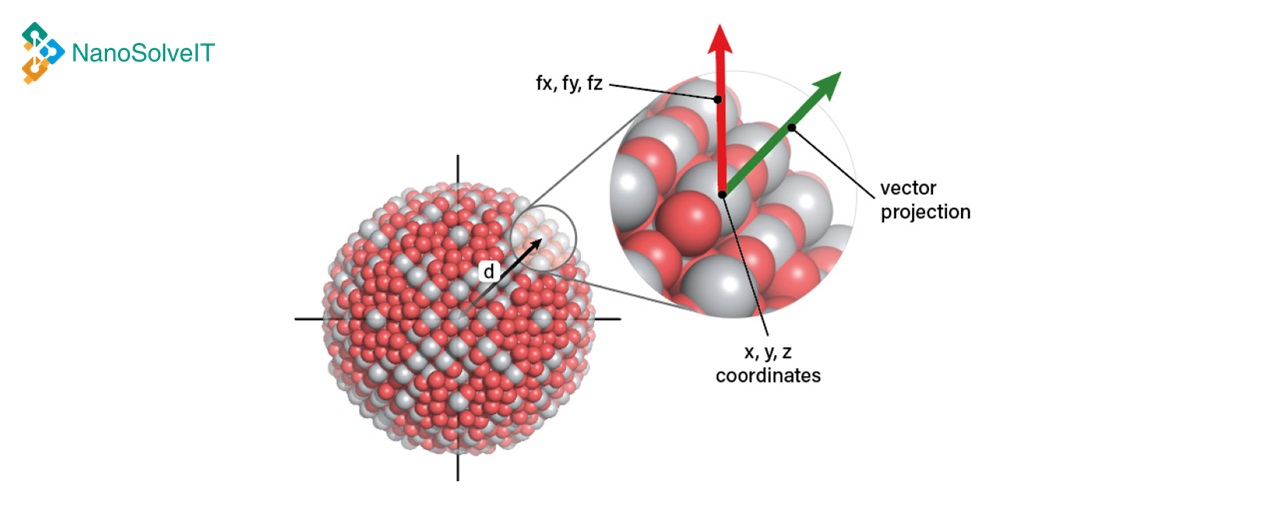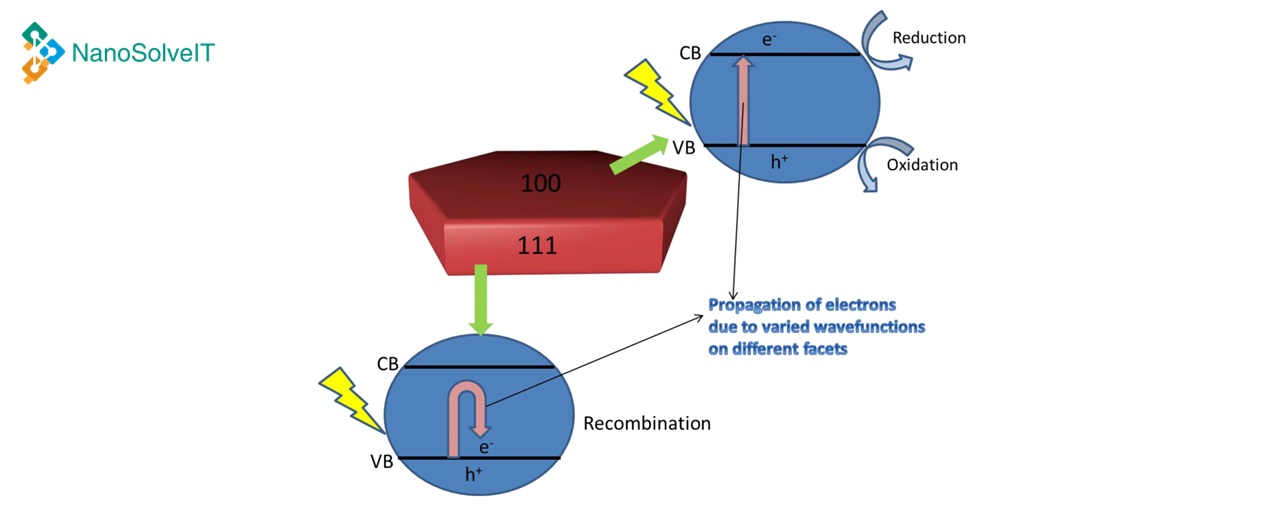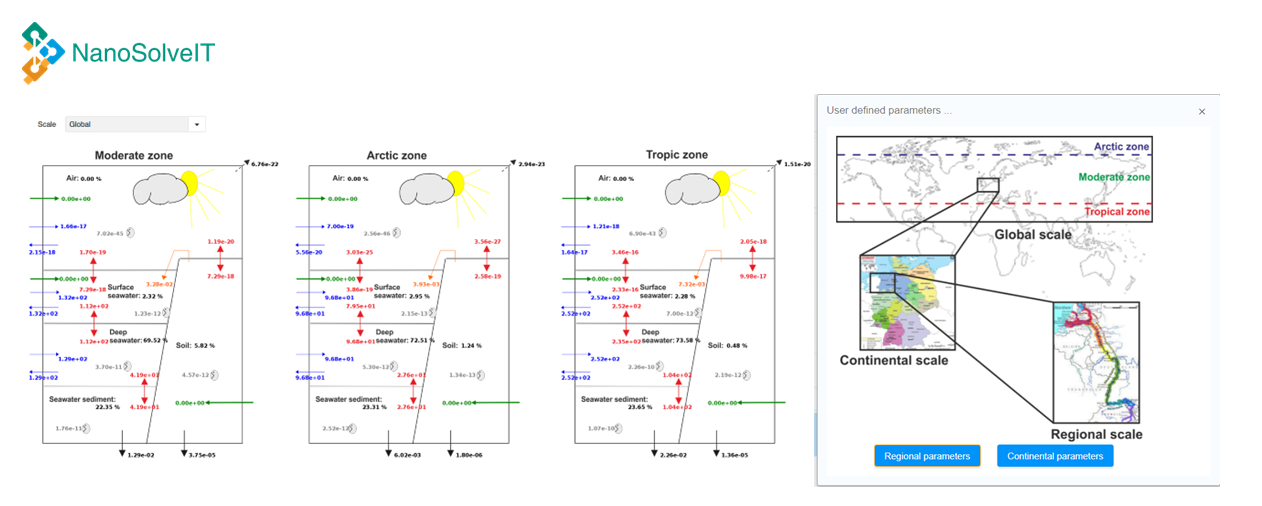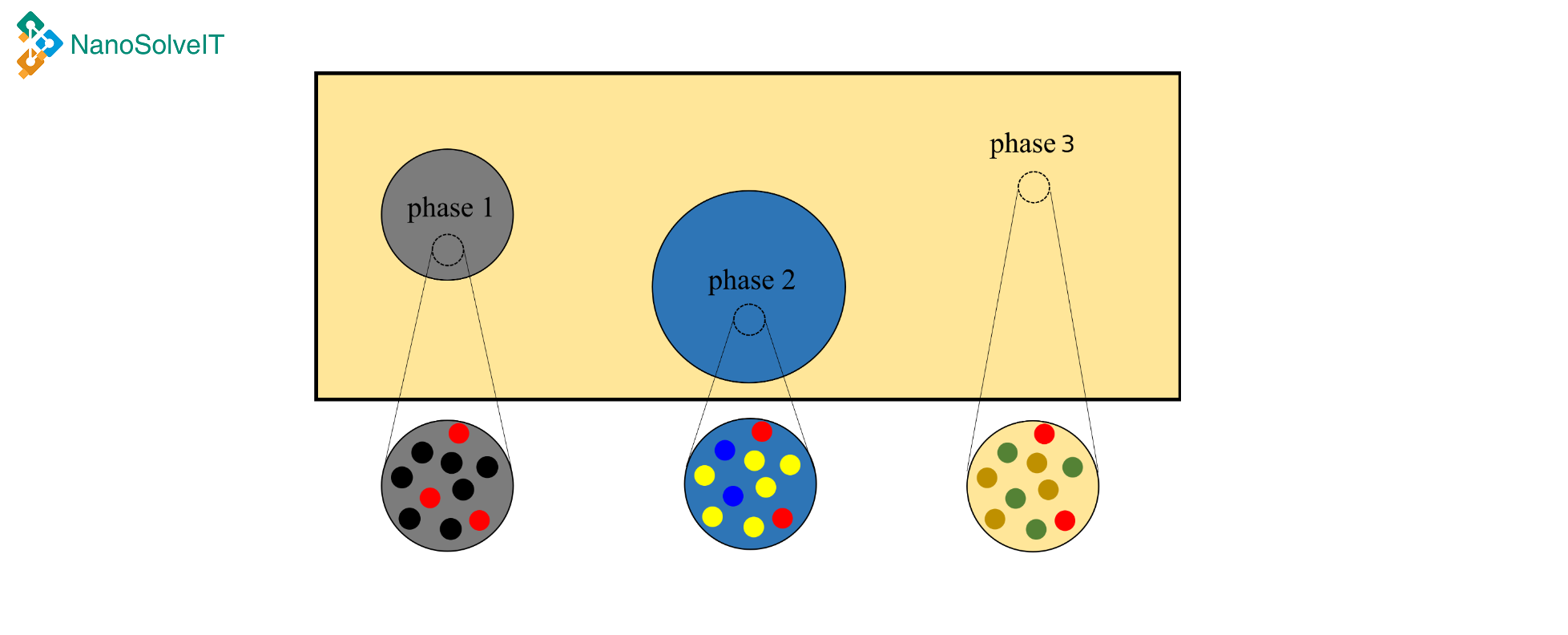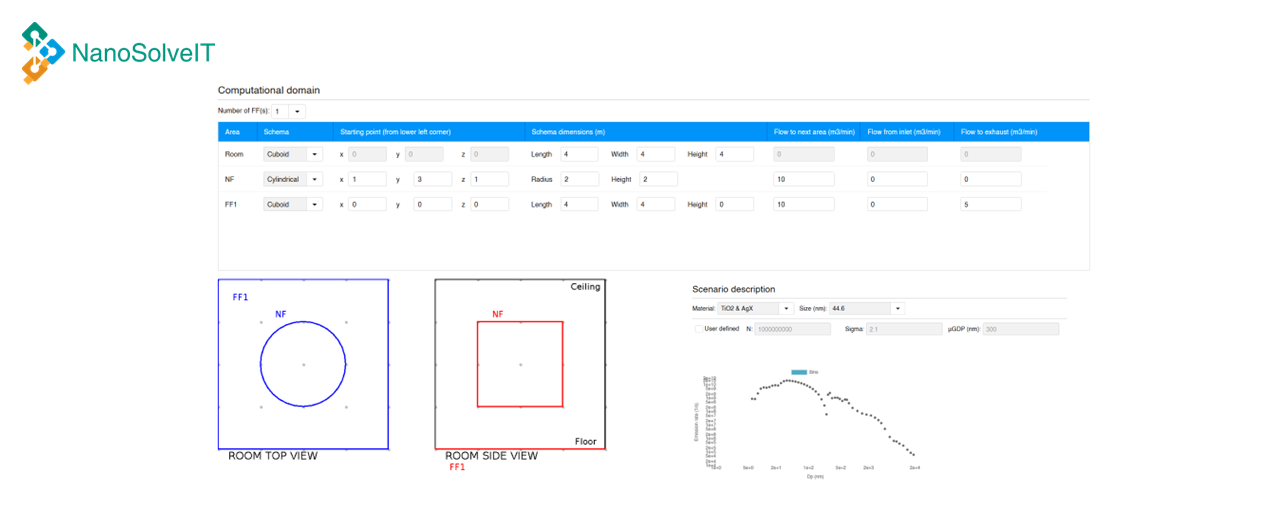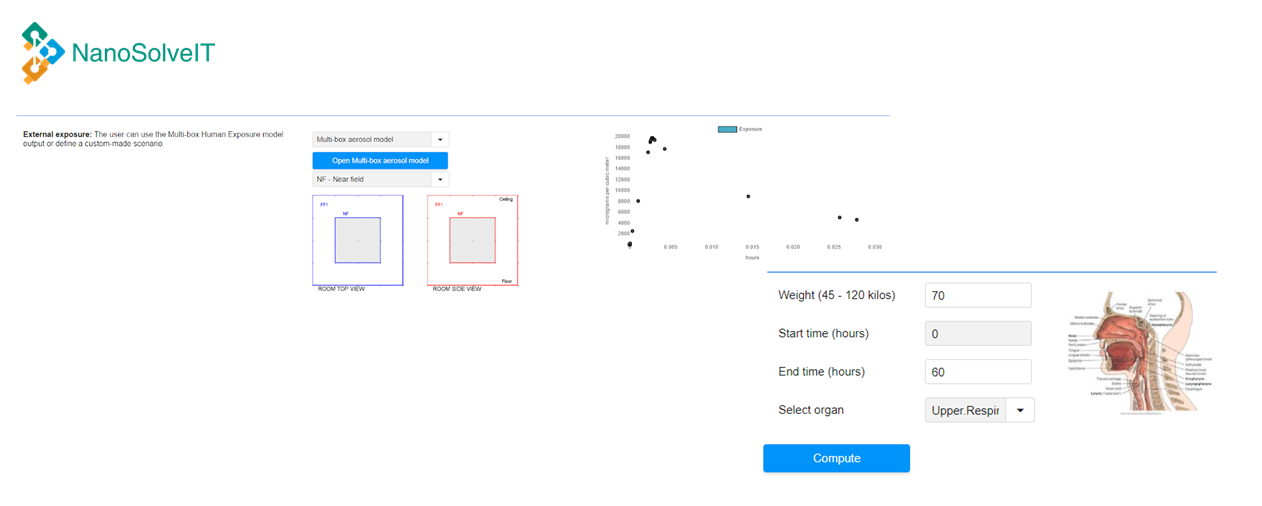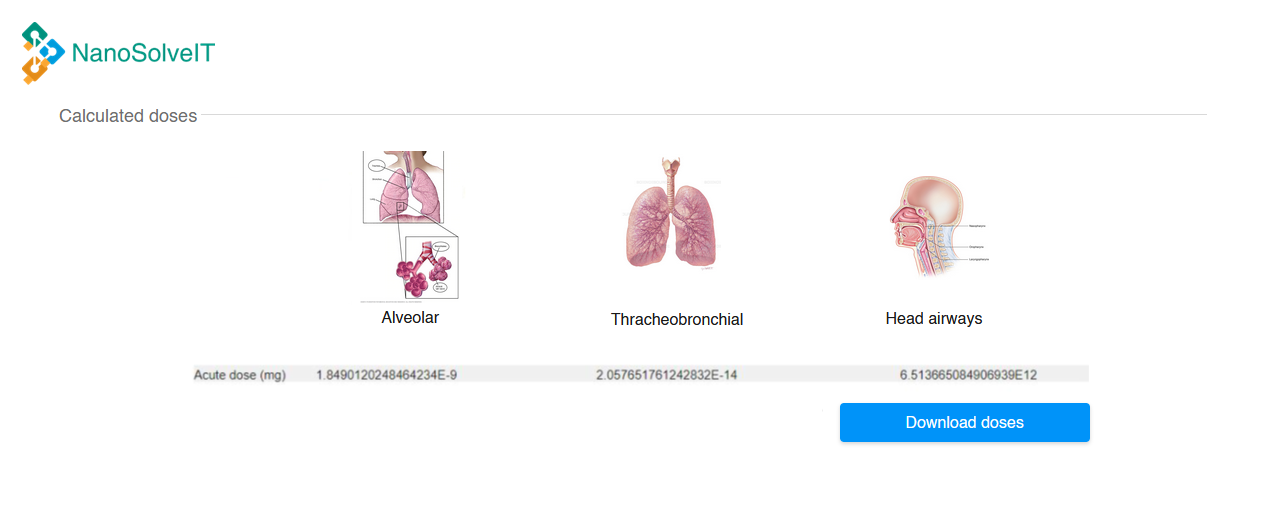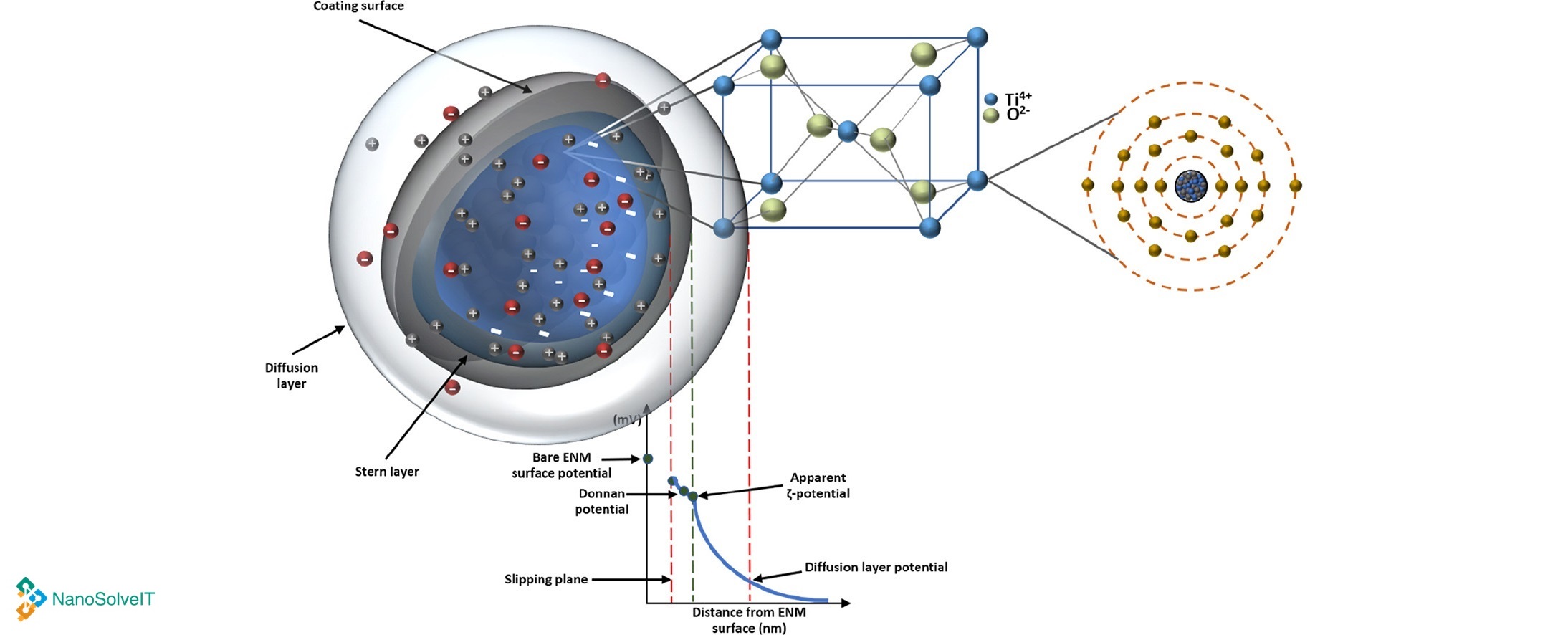NanoSolveIT

NanoSolveIT will develop a validated tiered IATA to identify the critical characteristics of nanomaterials responsible for their adverse effects on human health and the environment or for their functionalities in high-tech applications, and will implement a nanoinformatics-driven decision-support strategy based on innovative in silico methods, models and tools. An important novel concept is the nanomaterial fingerprint – a set of descriptors and properties that can be predictively linked to nanomaterials properties, functionality and hazard by the development and integration of advanced nanoinformatics methods and tools.
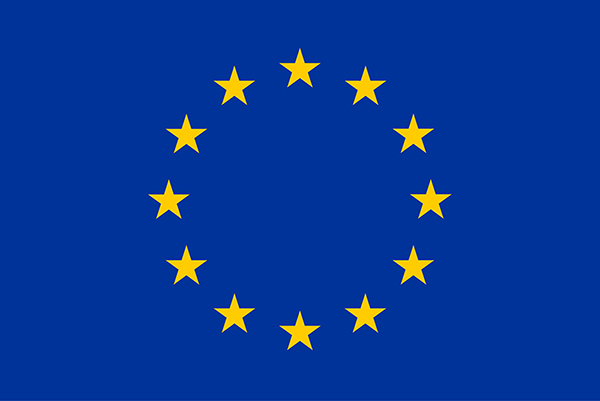
This work received funding from the European Union's Horizon 2020 research and innovation program via NanoSolveIT project under grant agreement nº 814572. More information at: nanosolveit.eu
